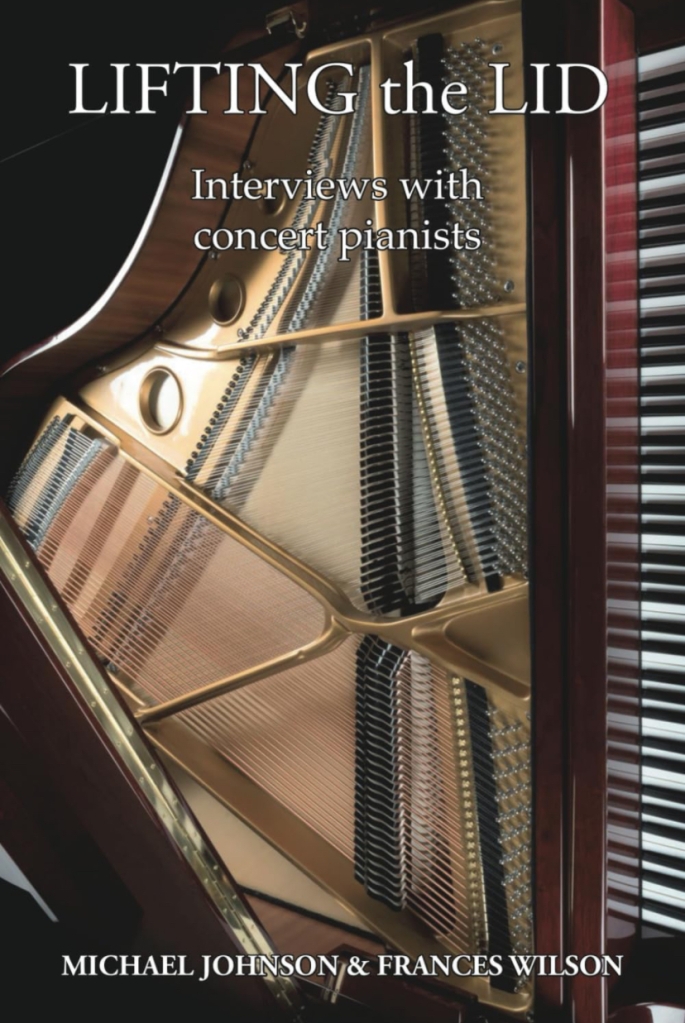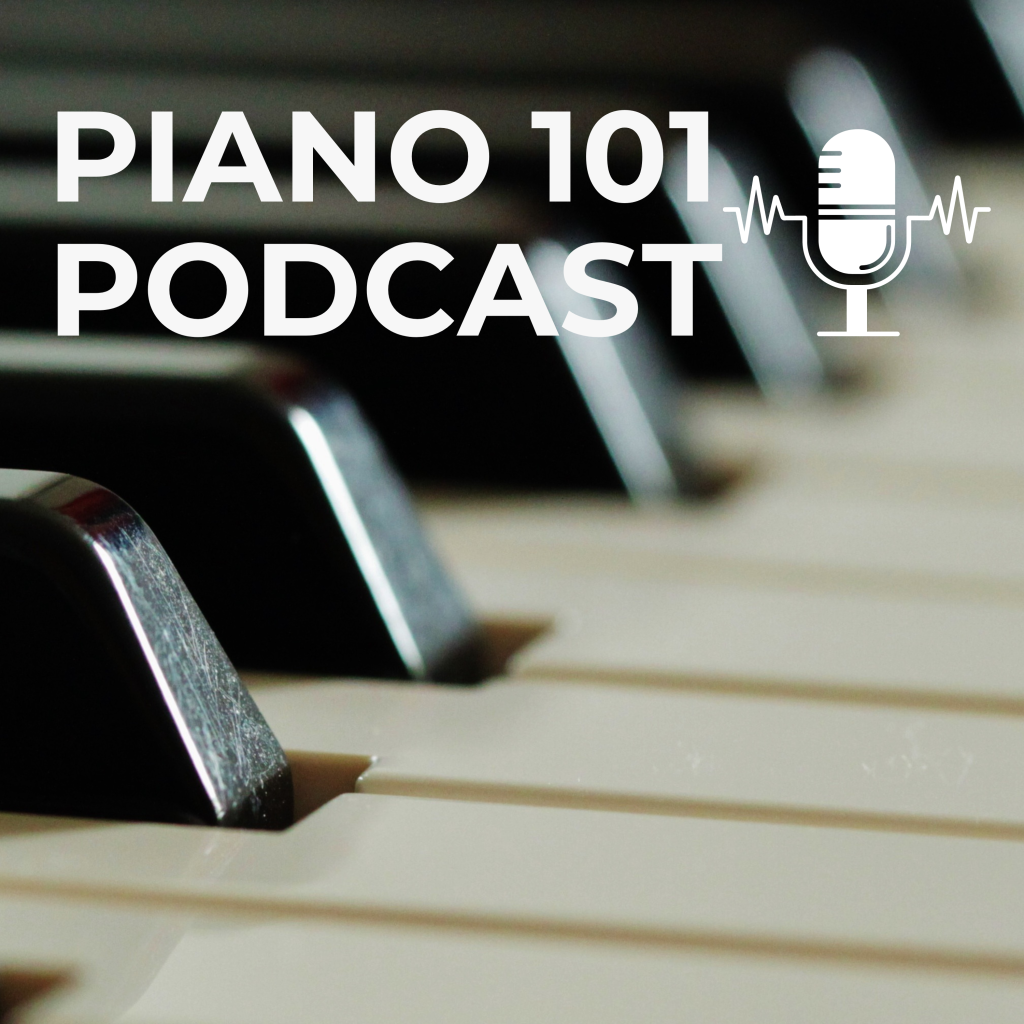 Fryderyk Franciszek Chopin was born on this day in 1810 in Zelazowa Wola, a village in the Duchy of Warsaw. He left Poland when he was 20 and never returned. He settled in Paris for the rest of his life. His heart was returned to Poland when he died.
Fryderyk Franciszek Chopin was born on this day in 1810 in Zelazowa Wola, a village in the Duchy of Warsaw. He left Poland when he was 20 and never returned. He settled in Paris for the rest of his life. His heart was returned to Poland when he died.
He is, dare I say it, one of the greatest composers for the piano ever, and he wrote some of the most arresting, absorbing, sublime and touching music for the instrument, music which has become part of the pianist’s standard repertoire and is regularly performed around the world by pianists amateur and professional. It is also some of the most difficult music in the repertoire, yet it is wonderful to play because, as a pianist himself, he knew what he was writing, so to speak.
Chopin “highlights”:
The Nocturnes: as I said in an earlier post (Must Plays for Pianists), the Nocturnes are amongst his most exquisite miniatures for piano, and are some of the most charming and expressive pieces he wrote.
The Études, Opus 10 and 25: Chopin took the student study, a genre developed by earlier composers such as Clementi and Czerny, and elevated it to a concert piece while retaining the crucial attributes of the form – that it is intended to practice specific technique or techniques. There is huge variety of mood, texture, sound and technical difficulties throughout the two opuses; some are very famous, others less so. Here is Sokolov in one of my favourites, and the first Étude by Chopin I learnt:
The Mazurka and the Polonaise: peasant and folk music from his homeland, like the Études, Chopin elevated both forms into refined, drawing room music. He gave the Waltz the same treatment: these are not pieces to dance to, but to perform and enjoy, in the salon or at home, amongst friends. The Mazurka in F minor, Opus 68, No. 4 is one of the most beautiful and poignant pieces Chopin wrote, with the ambiguous direction in the score regarding the repeat: ‘D.C. al segno senza fine‘. In effect, the keep repeating and eventually fade away to nothing). My teacher told me she “never teaches” this piece because it is so special. Here is Ashkenazy:
Vladimir Ashkenazy – Chopin: Mazurka No.51 in F minor Op.68 No.4 – Revised version
The ‘infamous’ Marche Funèbre from the B-flat minor Sonata. Much has been written and posited about this work, many commentators suggesting that Chopin wrote it with intimations of his own death in mind. In fact, it was composed some years before he conceived the Sonata, and he then included it in the work. Played well it is grandiose and soaring, its darkness offset by the trio with its beautiful cantabile melody.
The Ballades. Chopin ‘invented’ the Ballade, deriving it from its poetic and vocal cousins, and was the first composer to apply the term to a purely instrumental piece. It was later taken up by composers such as Liszt and Brahms. The Ballades are innovative in form in that they cannot be placed in any other form, for example, Sonata form. Despite sharing the same title, each is highly distinct, with its own character, though all share certain attributes, such as the clever use of “lost” or “ambiguous” keys, exquisite delayed gratification through unresolved harmonies, contrasting, climactic passages, and moments of pure romanticism. The structure of the pieces does not suggest a firm narrative; rather, the listener is able to form his or her own narrative as the music unfolds. (The Third, for example, has a “ticking clock” motif which brings to mind a lovely image of Chopin working at Nohant, while an elegant carriage clock chimes on the mantelpiece, perhaps reminding him, poignantly, of the passing of time.)
Chopin and me:
Hearing English pianist John Lill play the B-flat minor Sonata on the Southbank, circa 1980. A highly emotional experience (Lill was in tears at the close of the work) and the first time I’d seen red roses thrown onto the stage at the end of a concert.
Visiting Chopin’s frugal accommodation at the monastery in Valldemossa, where Chopin and Sand spent their ill-starred holiday in 1838 (documented in Sand’s book A Winter in Majorca). The museum there contains some touching memorabilia – a lock of Chopin’s hair, letters and manuscripts.
Hearing Chopin’s music played on a piano which belonged to him when he visited England in 1848, held in the Cobbe Collection at Hatchlands. The programme – the Opus 55 Nocturnes and the Sonata in B minor. That same day, in the evening at the Royal Festival Hall, I heard Nelson Freire play the B minor sonata on a modern concert Steinway – the difference was extraordinary, yet it was clearly the same work.
Learning to play some of the Études, and feeling I had finally “arrived” as a pianist. This sense of having entered a rather exclusive “pianistic club” was enhanced further when my teacher suggested I should learn some of the Ballades and/or Scherzi.
A handful of my favourite works by Chopin:
Murray Perahia – Impromptu in G-flat Major, Op. 51
Freddy Kempf – Polonaise No. 7 In A Flat Major, Op. 61, “Polonaise-fantaisie”
Martha Argerich – Chopin: Andante spianato et Grande Polonaise brillante in E flat, Op.22
Peter Katin – Waltz No. 5 in A flat major, Op. 42
Truls Mørk – Sonata For Cello And Piano, Op. 65, Allegro Moderato





